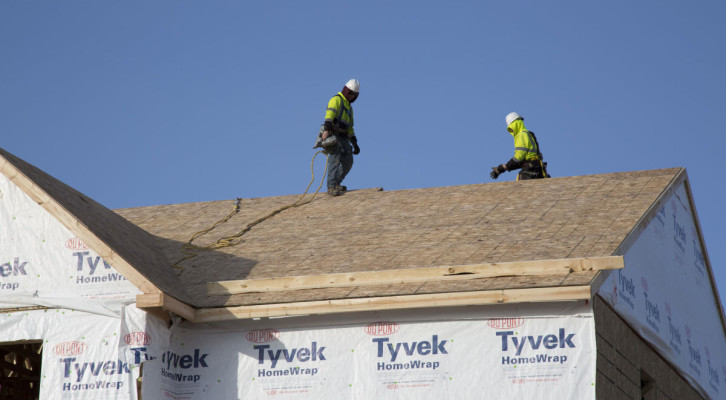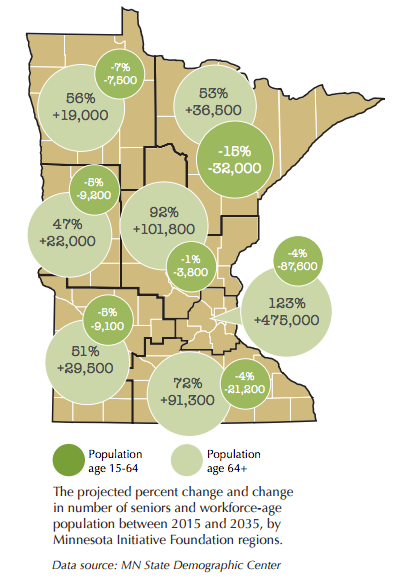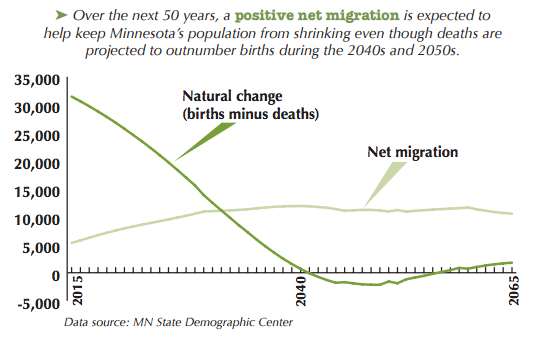A workforce shortage has many in the homebuilding industry concerned, and new projections do not paint a pretty picture. Data from the Center for Rural Policy and Development predicts that the workforce will slow to .1 percent growth during the 2020’s.
The slowdown stems from baby boomers retiring, and the next generations being smaller and unable to fill the gaps. The other factor, young people are leaving the state faster then they are coming in.
Impacts
- Wages – A labor shortage will lead to higher wages as employers compete for workers. The more skilled the worker, the more they will be able to negotiate.
- Productivity – In order for the economy to grow, output needs to increase. If industries cannot find enough workers they will either have to put more stress on each worker or turn to new technology.
- Participation – The percentage of of potential workers age 25-54 is expected to go from 88 percent in 2010 to 89 percent in 2045.
Potential Solutions
- Recruit People – Instead of recruiting jobs communities could focus more on people that could bring their own jobs with them, and that may potentially be the communities next employer.
- Advertise More – Rural MN notes that young people are more mobile than ever. Advertising jobs further ahead of time could attract those on the move.
- Education is Still Key – According to the State Demographic Center, people with a bachelors degree are more likely to be employed and earn more.
- Minorities and Immigrants – They are the only population group still growing, but their education and employment levels still do not match up. We need to make sure they are ready for success in this new workforce.
Read the full article from Rural MN >>

















